The Sound of Generations: Herbie Hancock at Udin&Jazz 2025

Castello di Udine, July 16, 2025
When Herbie Hancock stepped onto the stage at Castello di Udine, there was a sense that something historic was about to unfold. At 85, the jazz icon didn’t just perform—he transcended generations, blurring the lines between past, present, and future. Backed by a powerhouse band and armed with boundless curiosity, Hancock turned a rain-delayed night into a masterclass in reinvention. What followed wasn’t just a concert—it was living proof that jazz evolves, breathes, and thrives in the hands of a legend.
The Rain Delay That Sparked Anticipation
On the evening of July 16th, the stars aligned once again above the Castello di Udine, casting a special glow for one of the most anticipated events of Udin&Jazz 2025. As clouds gathered, a brief downpour delayed the show by 30 minutes. The crowd, anxious but hopeful, encouraged the band with rhythmic clapping, whistling, and shouts. A festival organizer reassured the audience: they could arrange the concert, but the weather was beyond their control.
Once the rain lifted, Herbie Hancock and his band—Lionel Loueke (guitar), Terrence Blanchard (trumpet), James Genus (bass), and new addition Jaylen Petinaud (drums)—took the stage with ease and grace. The delay hadn’t fazed them one bit.
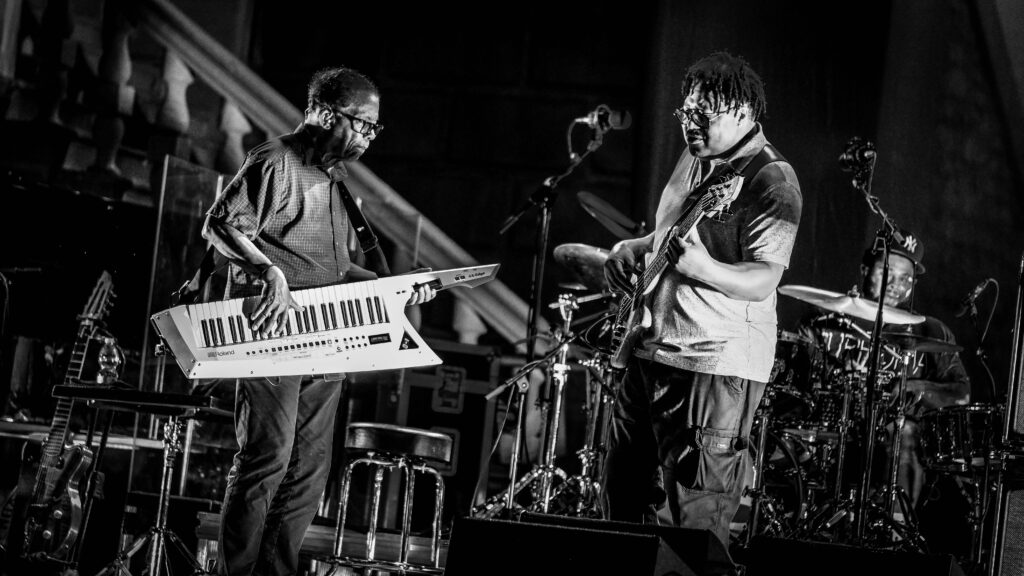
An Overture from Another Planet
Opening the night with what Hancock called “Overture,” the band launched into a spontaneous patchwork of familiar motifs. Herbie joked that he would begin with a sound called Prehistoric Predators on his Korg Kronos, quipping that it suited him. But as soon as the music started grooving, it became obvious: Hancock may be 85, but his energy and imagination remain decidedly futuristic.
Lionel Loueke, whom Hancock discovered while auditioning for the Thelonious Monk Institute of Jazz, now renamed the Herbie Hancock Institute of Jazz (since 2019), took the first extended solo—an excerpt from his 2020 album HH, a tribute to Hancock. Herbie watched and clapped with delight as Loueke’s sonic world unfolded. The band brought the overture to a close with the unmistakable riff from Chameleon, signaling the direction of the evening.
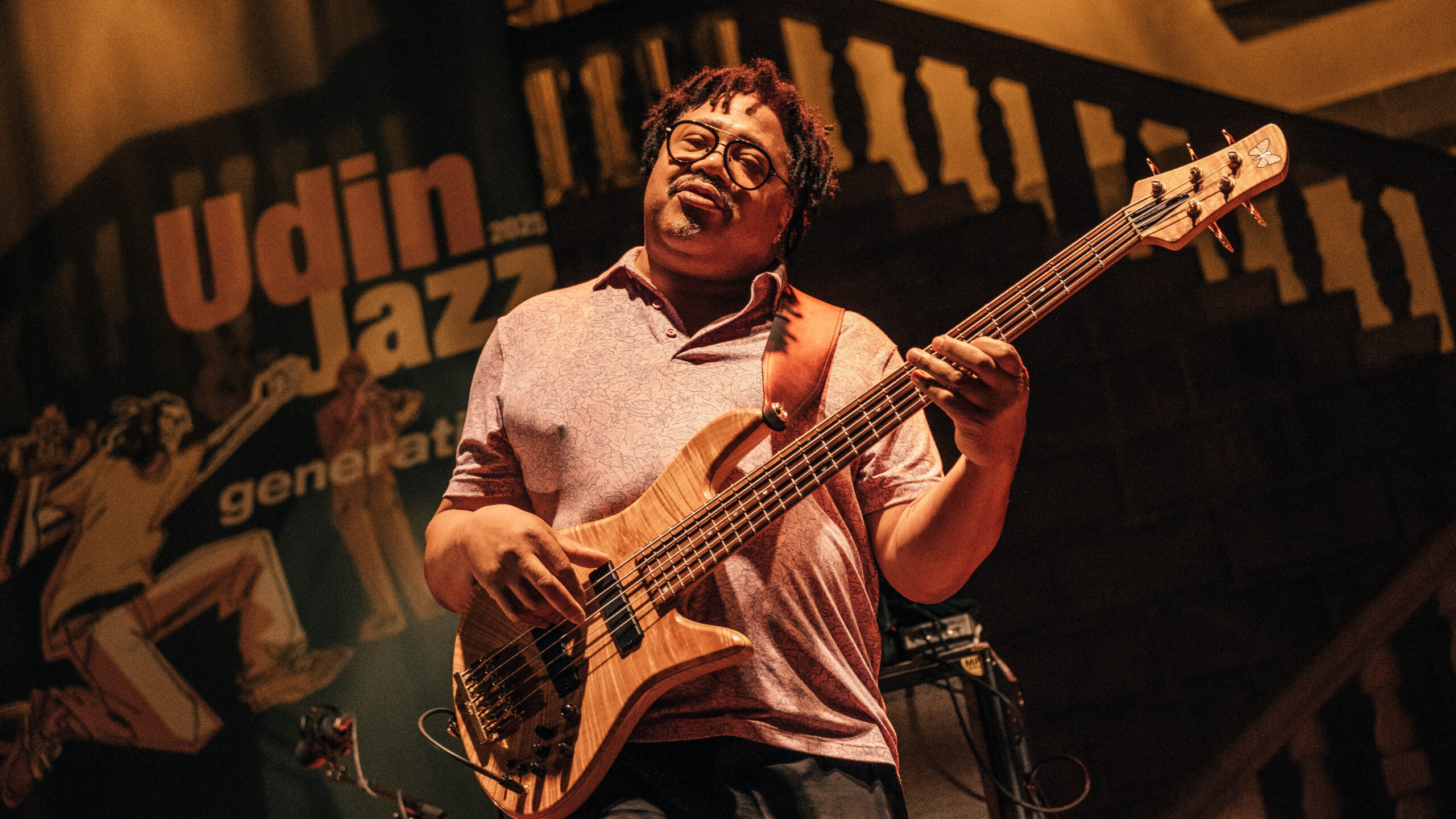
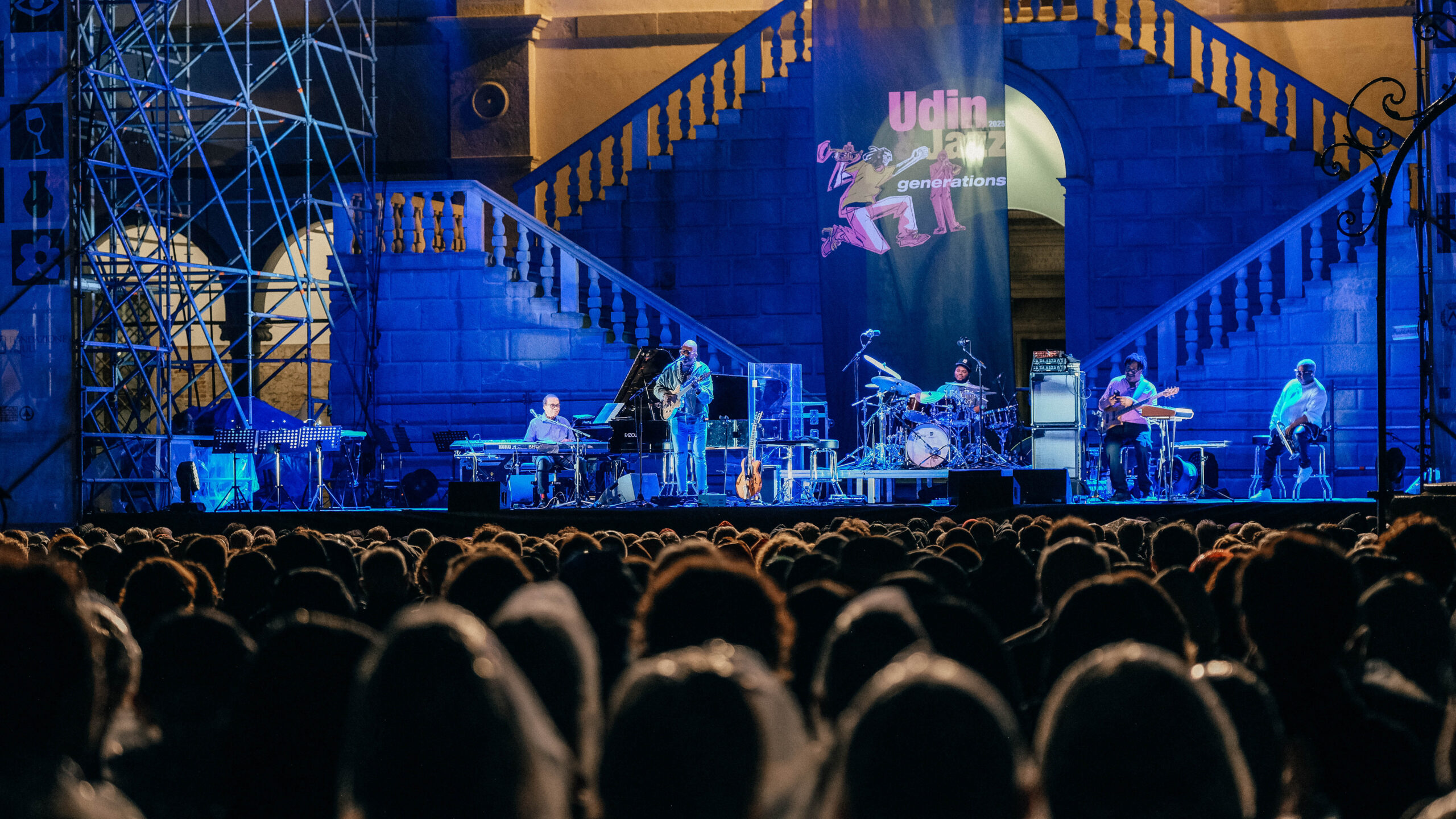
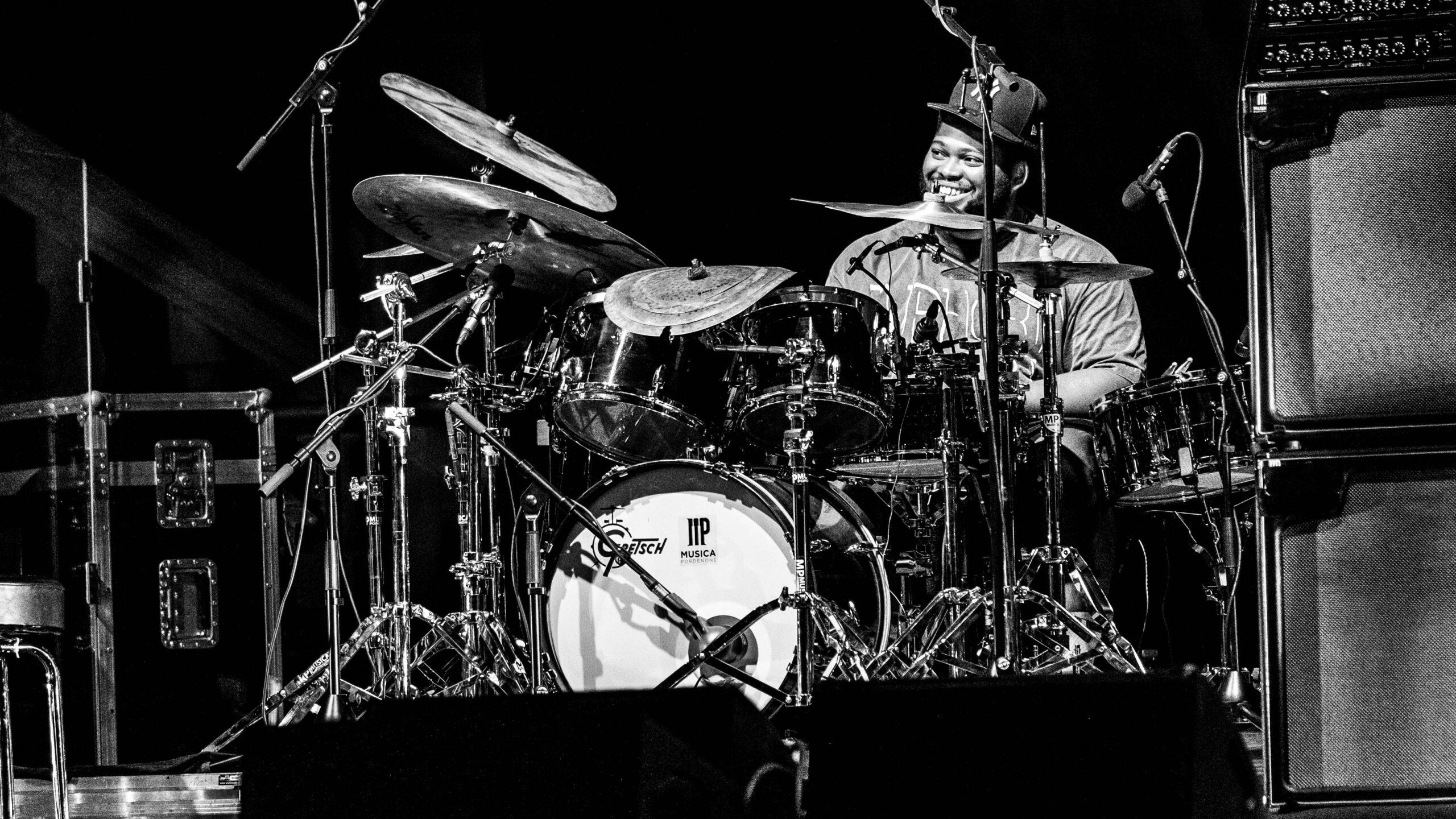
Generations in Dialogue
Taking a moment to introduce the band, Hancock gave a warm nod to drummer Jaylen Petinaud, the youngest member. “Jazz is not dead yet,” Hancock said, “because young players and young audiences are keeping it alive.” With that, he introduced the next piece: Footprints, arranged by Blanchard in tribute to Wayne Shorter. “Wayne was my best friend,” Hancock said, adding with a smile that Shorter “was never really from this planet.” By the end of the concert, it was hard to believe Hancock was.
The arrangement of Footprints was unlike any before—Herbie’s piano solo was meditative yet exploratory, while Blanchard’s trumpet, heavily processed, created an interstellar texture. Loueke’s inventive slide guitar solo further pushed the sonic envelope, bringing an edge rarely heard at jazz concerts.
They followed with Actual Proof, a classic from Head Hunters. Hancock’s piano solo was a masterclass in musical conversation—he tossed rhythmic ideas to Petinaud and Genus, smiling as they responded in kind. The set dropped in dynamics for Loueke’s atmospheric solo, backed only by drums and bass, leading to Genus’ first bass solo of the evening and a final drum solo over the track’s signature riff.
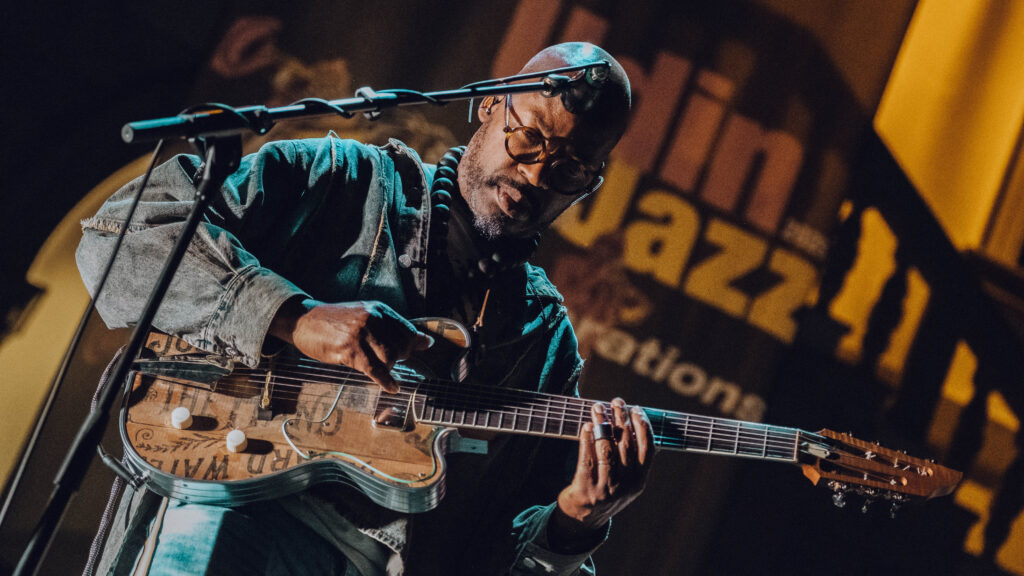
Secret Sauce and Cosmic Reflections
Next came Butterfly, the lyrical follow-up to Actual Proof on Thrust. Spacious and reflective, the performance highlighted Hancock’s rich piano tone and sensitive comping during Blanchard’s lyrical solo. It was as if Herbie could anticipate every phrase before it was played.
Suddenly, the set pivoted. With his vocoder, Hancock addressed the audience like a cosmic preacher. “How many families are there on planet Earth?” he asked in robotic voice. Touching on the AI revolution and human connection, he concluded: “We must care for everyone—because everyone is part of our family.”
That sentiment melted into Secret Sauce, a slinky groove where Hancock and Loueke layered effects and harmonized vocally. After trumpet and piano solos, Genus delivered another masterful bass feature, grooving over a live loop. Guitar and trumpet traded phrases before Hancock returned with his Roland keytar, stepping to the front of the stage for a freewheeling solo. Petinaud rounded it out with a second fiery drum solo, maintaining the groove over a continuous riff.
A Timeless Finale
The concert’s final stretch arrived in the form of a triumphant closing medley, revisiting three Hancock classics with fire and imagination. It began with Hang Up Your Hang Ups, introduced by Loueke, who locked into the groove with joy. Without pause, they segued into Rockit, with Loueke imitating the iconic turntable scratches while Blanchard covered the synth textures. The band charged into Spider with high energy and momentum.
As the audience rose to their feet, Hancock ignited the Chameleon bassline once more, echoing the Overture and bringing the evening full circle. His final solo built to a dynamic peak. On the last hit, he jumped—proving once again that age is just a number, and his creative fire shows no signs of dimming.
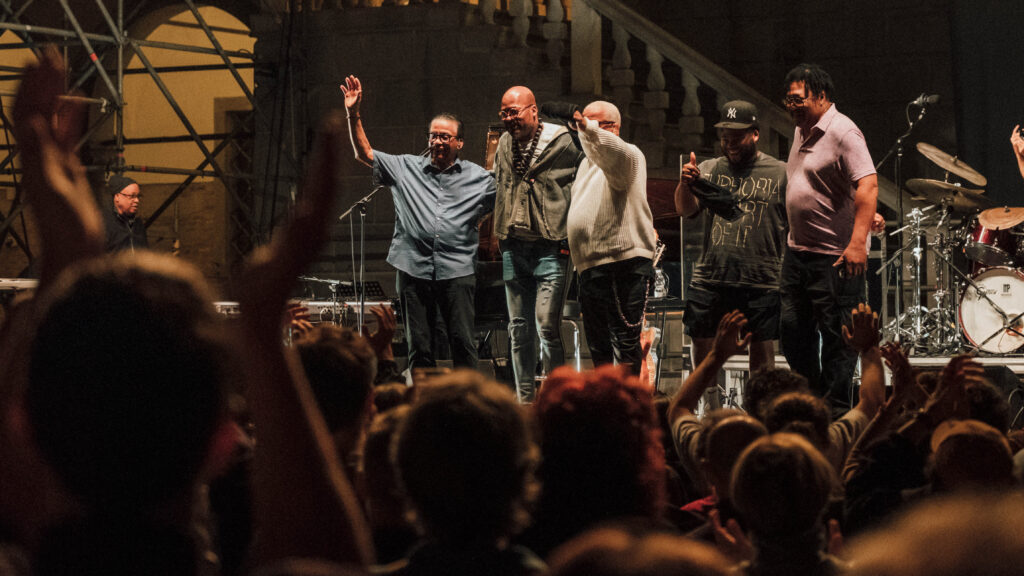
A Legacy Across Generations
At this unforgettable concert at Castello di Udine, Herbie Hancock once again proved why he has remained a driving force in jazz for over six decades. He continues to push boundaries, search for new sounds, and reinvent his approach with every performance. Free from formulas and genre constraints, Hancock is driven by a constant desire to express himself in the moment.
On this night, he didn’t just belong to one generation—he transcended them. He could easily be mistaken for one of the next generation of players, not just because of his energy, but because of his willingness to evolve. And that spirit resonates deeply with the theme of this year’s Udin&Jazz Festival: jazz as understood, shaped, and shared across generations. Herbie Hancock brought his music into the present with undiminished freshness, vitality, and relevance—proving that jazz, in his hands, is always now.
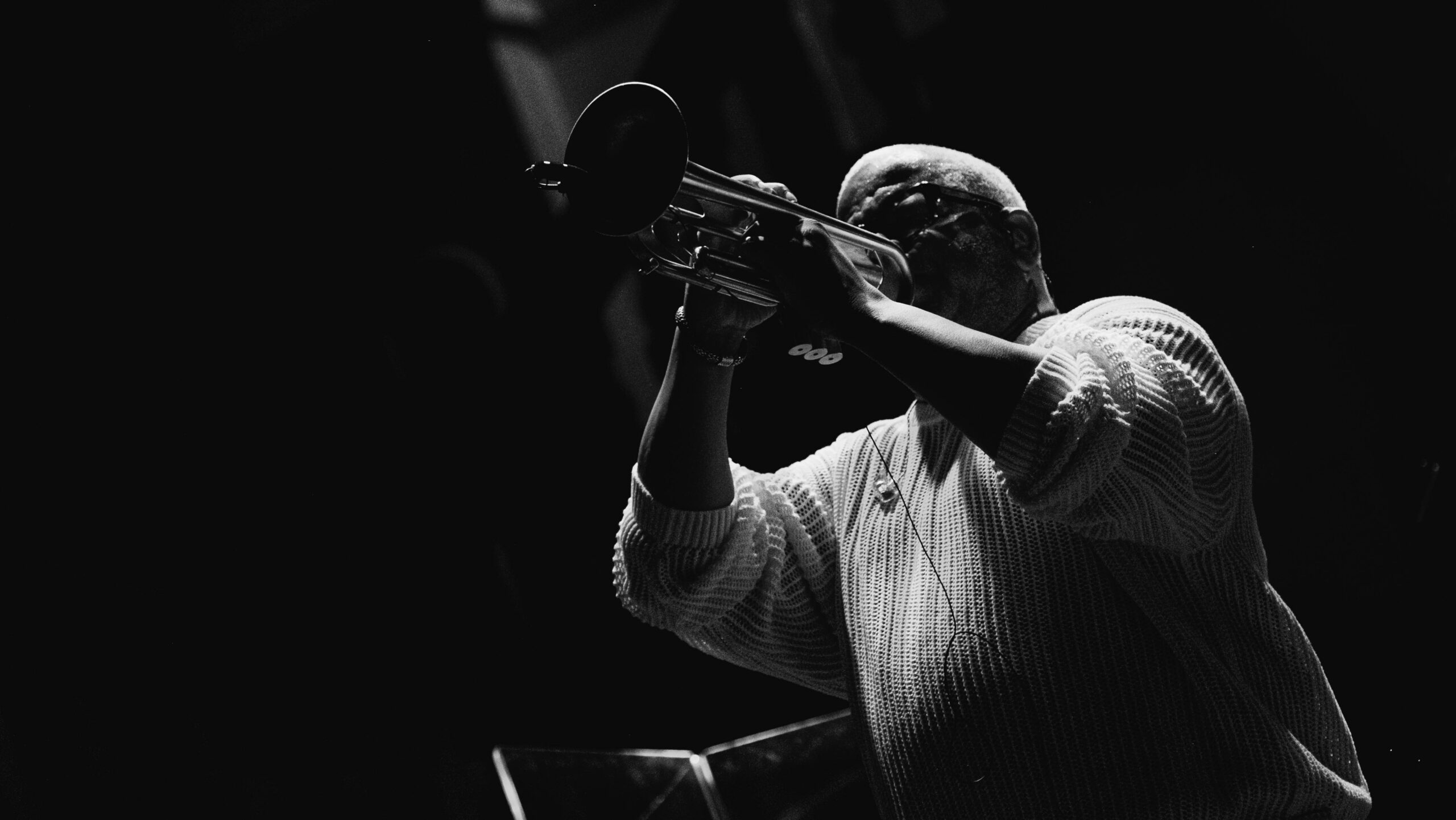


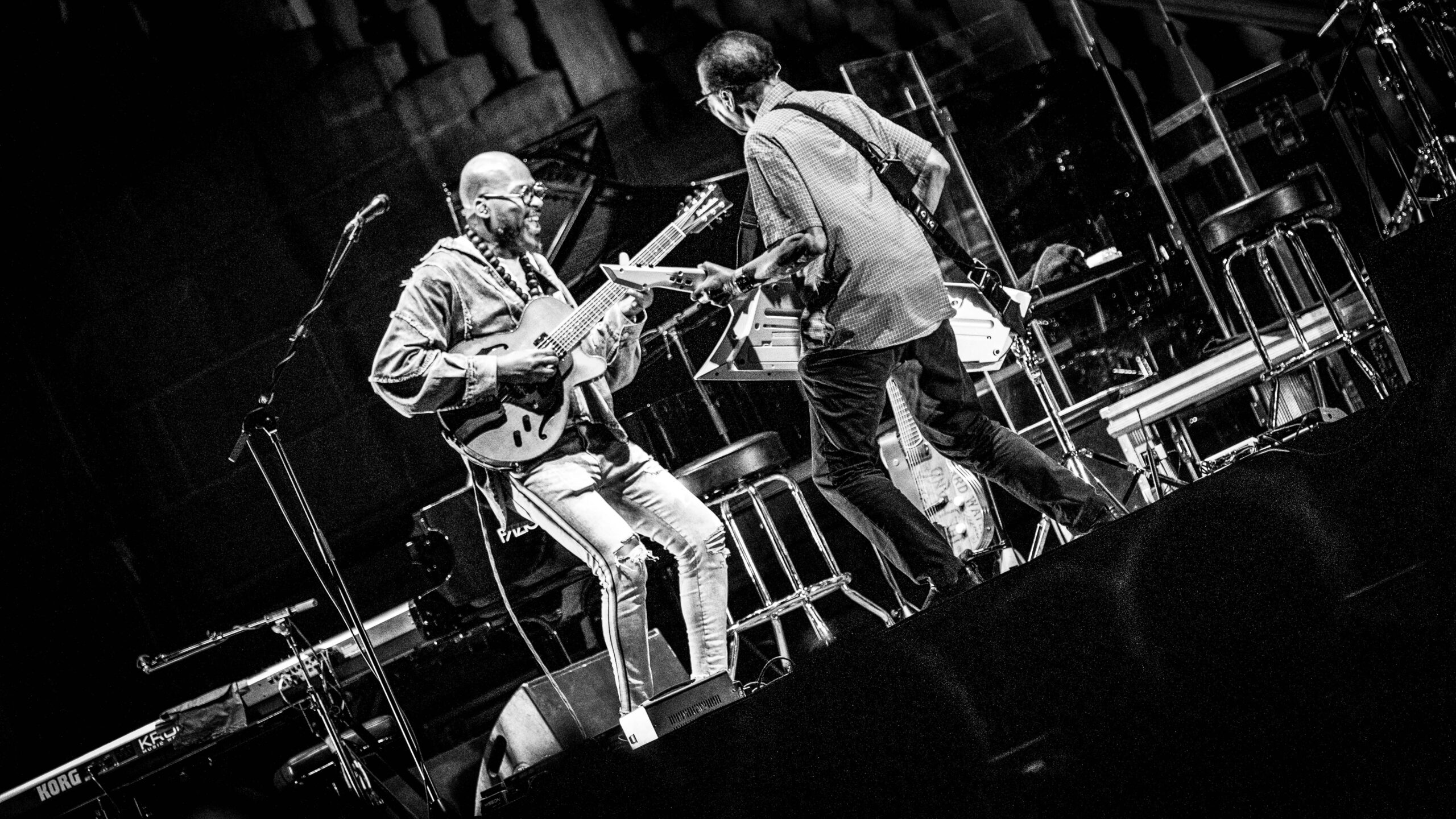
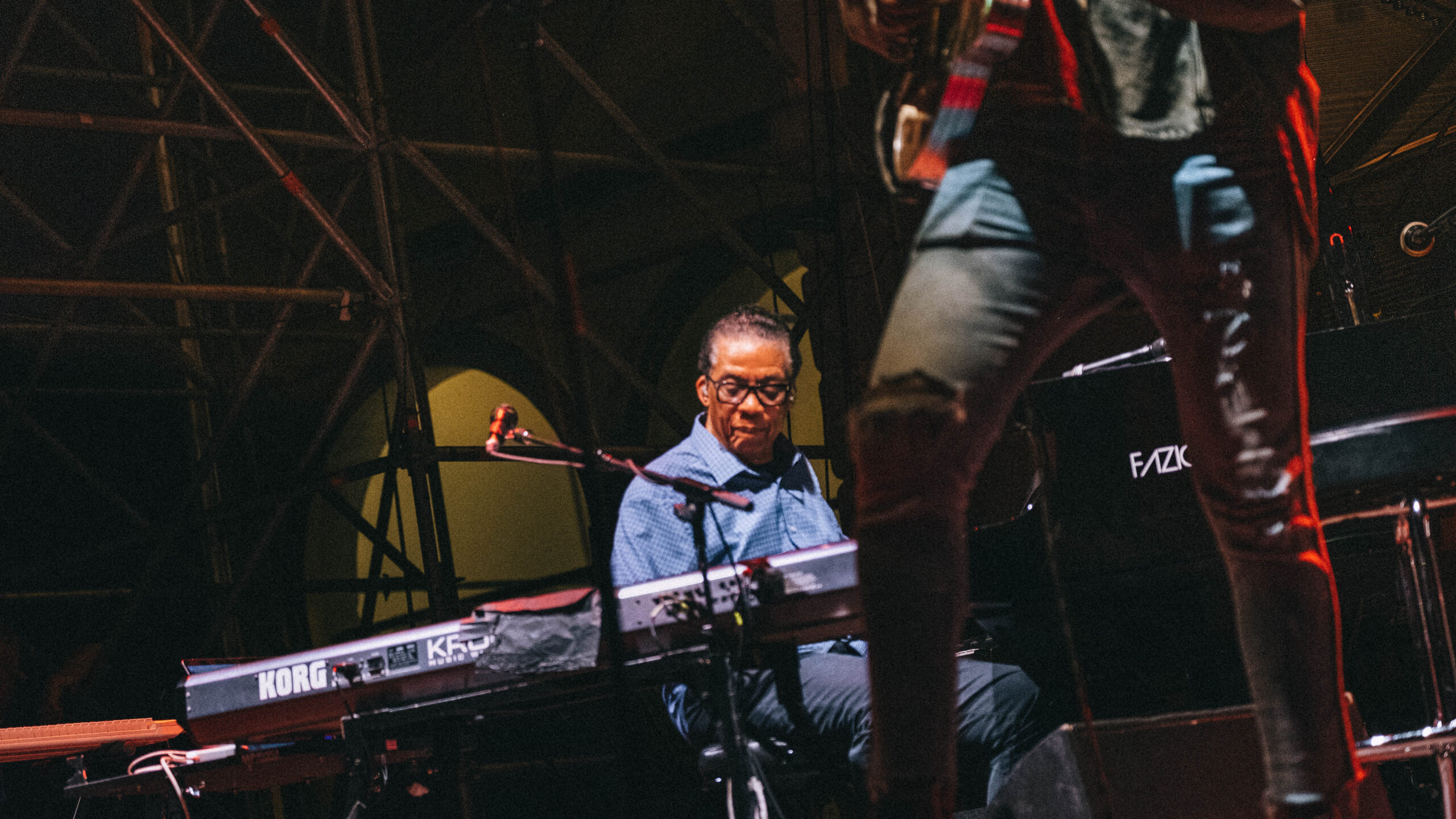
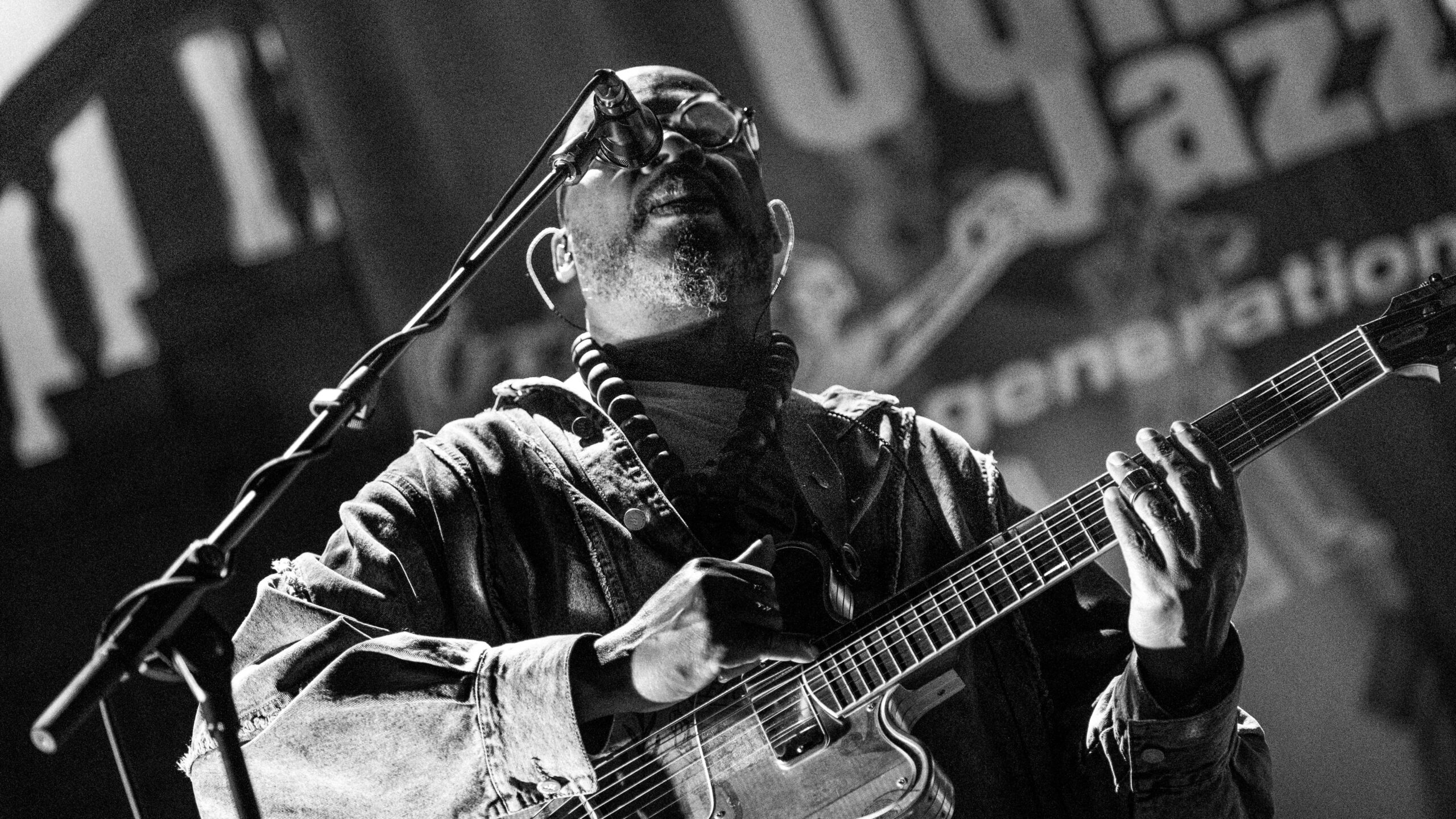
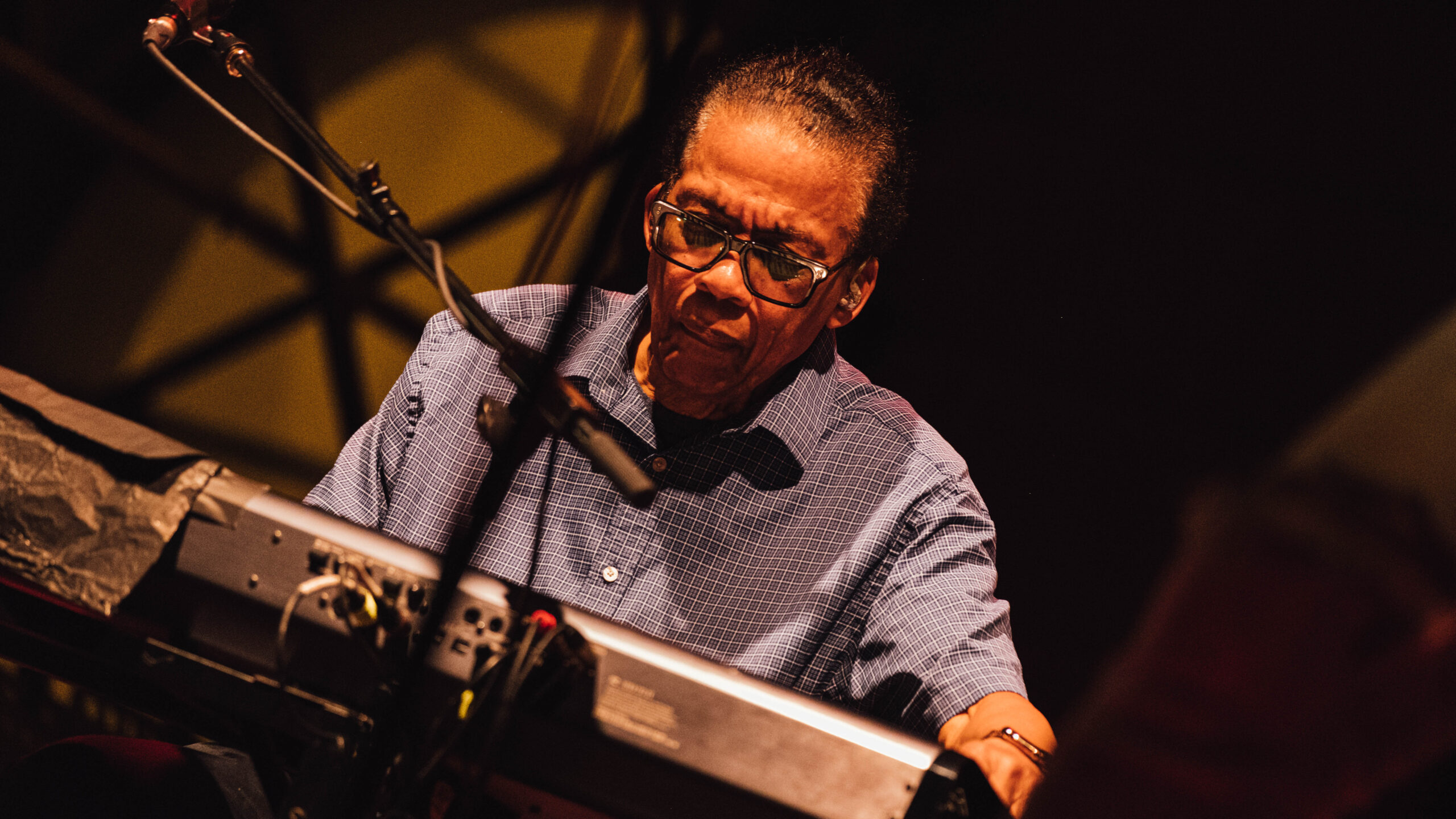
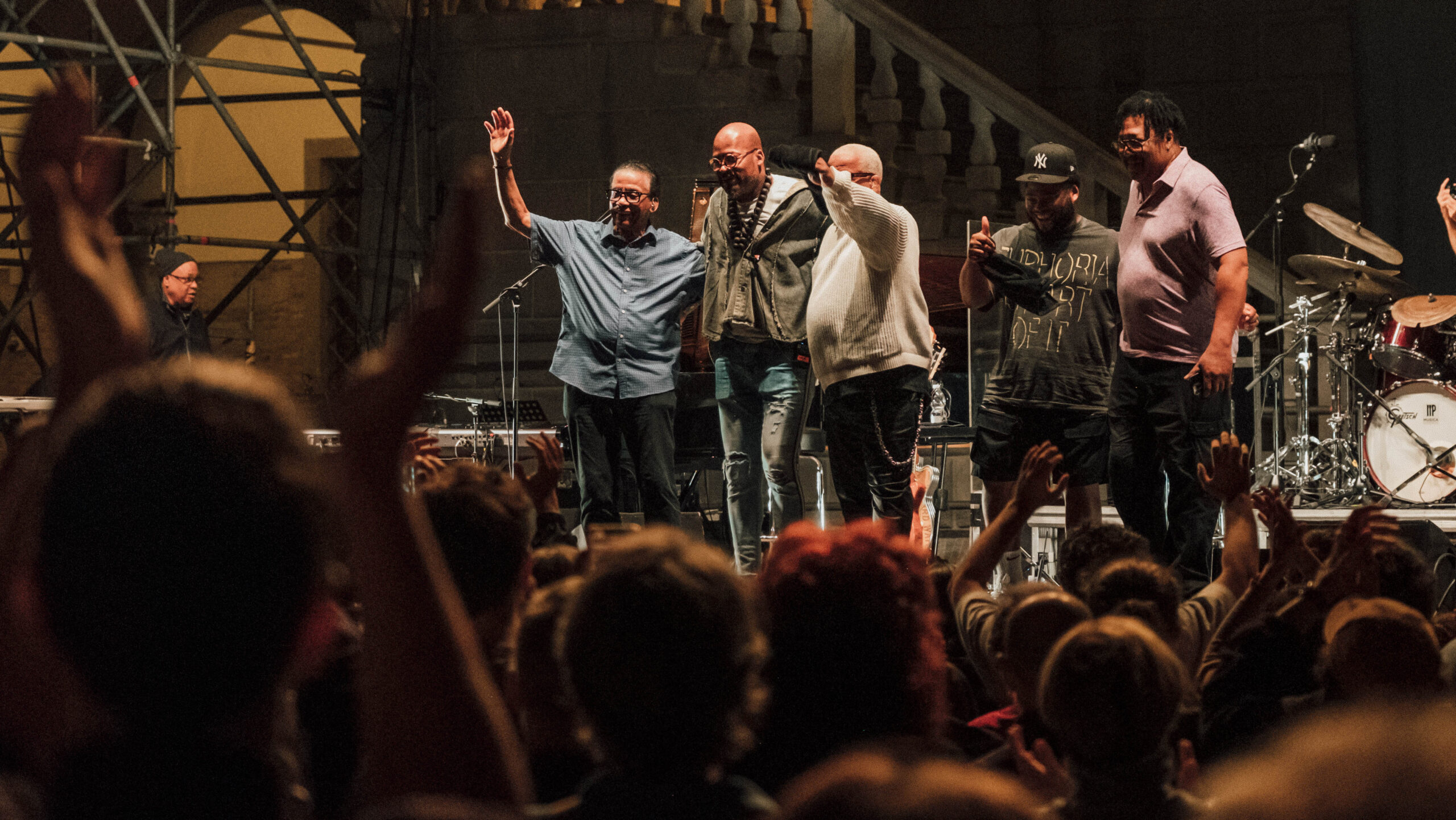
Comments are closed.